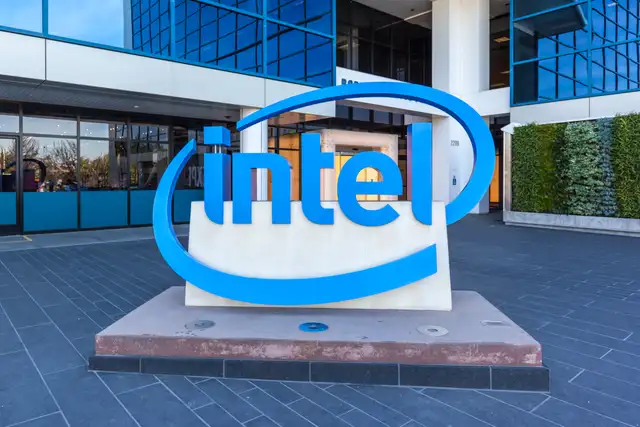Tesla, long seen as a pioneer in electric vehicles and futuristic tech, is entering a critical phase. Its Q2 2025 earnings reveal the mounting pressure from economic headwinds, rising competition, and the weight of its own bold promises. While the company remains influential, its path forward looks increasingly complex.
Q2 2025 Earnings: A Wake-Up Call
- Revenue slid 12% YoY to $22.5 billion, Tesla’s steepest decline in years
- Net income dropped 16% to $1.17 billion, and operating income plunged ~42%
- Non-GAAP EPS came in at $0.40, missing the $0.42 consensus
- Vehicle deliveries totaled ~384,122 units, down ~14% YoY
- Margins: automotive gross margin hovers at ~16.4%, down from ~18% a year ago
- Cash flow is tightening: free cash flow dropped to just $100 million, prompting warnings of potential negative flow by year-end
Tesla’s Latest Earnings: A Reality Check
Tesla reported revenue of $22.5 billion for Q2 2025, a 12% year-over-year decline — the sharpest in its recent history. Net income dropped 16% to $1.17 billion, and operating income plummeted by 42%. Automotive gross margins also shrank to 16.4%, down from 18% the year before. Perhaps more concerning was free cash flow, which fell to just $100 million, raising concerns about financial sustainability.
Vehicle deliveries also took a hit, coming in at approximately 384,000 units — a 14% year-over-year drop. Globally, EV demand appears to be cooling, and Tesla is especially vulnerable due to its high expectations and elevated stock price.
A Company of Contradictions: Strengths and Weaknesses
Despite the financial dip, Tesla still enjoys strong fundamentals. The company holds over $37 billion in cash, giving it room to invest in innovation. It continues to lead in battery technology, AI development, and autonomous driving. Tesla also enjoys strong brand loyalty, which has helped it maintain a competitive edge despite growing criticism and pricing challenges.
However, its overdependence on just two core models — Model 3 and Model Y — is a weakness. Demand fatigue and pricing pressure are growing. U.S. EV tax credit changes have made Tesla vehicles less financially attractive. Price cuts, while boosting short-term sales, have steadily eroded profit margins.
The Robotaxi Gamble
Tesla’s long-term bet remains on autonomy. In Q2, the company launched a limited Robotaxi pilot program in Austin using Model Ys with safety drivers. While still in its early days and far from regulatory approval, it marks a tangible move toward Elon Musk’s vision of a self-driving Tesla network.
Elon Musk also announced that third-party vehicles may be allowed to join Tesla’s autonomous network by 2026. However, serious technical and legal challenges remain, and it’s unclear how soon this vision can be realized.
Elon Musk: CEO or Politician?
A new dimension to Tesla’s outlook is Elon Musk’s growing involvement in politics. In July 2025, he launched a third-party political movement called the “America Party,” aiming to challenge the existing political system. While Musk claims this won’t distract from his business responsibilities, it has sparked concern among shareholders.
SpaceX has already flagged his political ambitions as a potential business risk. Public perception is split — some admire his anti-establishment approach, while others worry it could damage Tesla’s focus and image.
So, What’s Next?
Tesla’s future will depend on how it manages multiple transitions — stabilizing its core automotive business, restoring margins, and executing on its low-cost EV roadmap. The real long-term growth, however, might lie in its software, AI, and autonomous driving ambitions rather than hardware sales alone.
Musk remains Tesla’s greatest strength and potential risk. His ability to innovate is unmatched, but his increasingly divided focus between business and politics raises questions about leadership continuity.
If Tesla can weather short-term turbulence and execute on its next-gen technologies, it may yet reshape transportation again. But the road ahead will demand sharper discipline, clearer strategy, and a more focused narrative.


